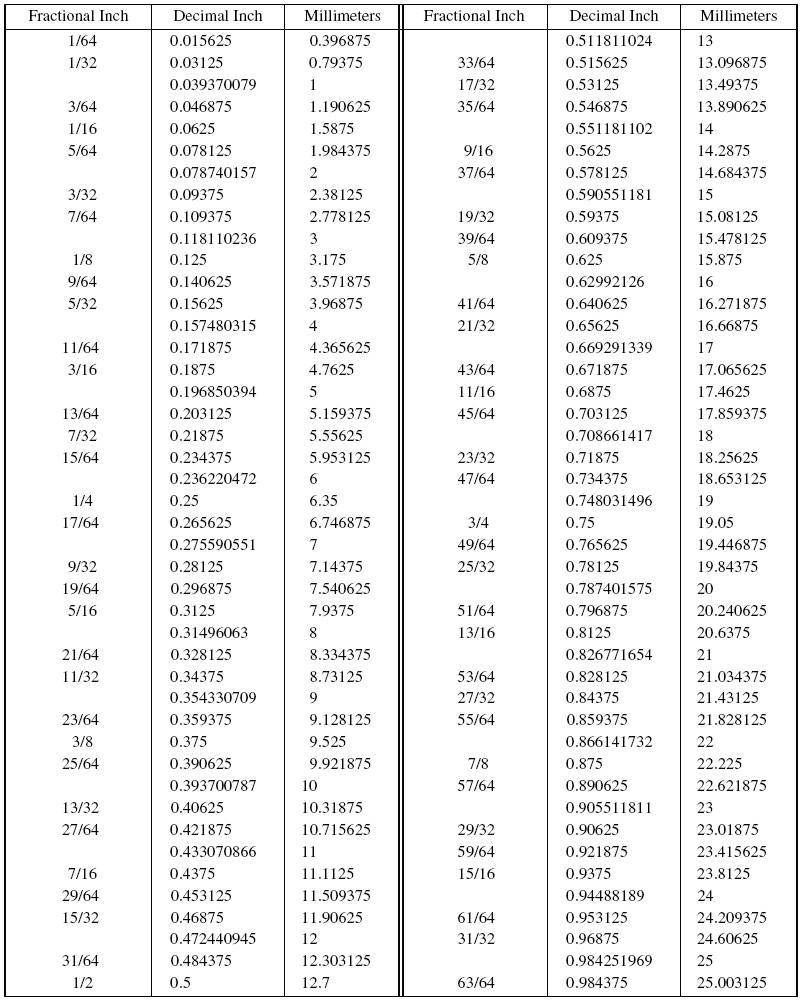
Feet are also commonly used to measure altitude (aviation) as well as elevation (such as that of a mountain). In the US, feet and inches are commonly used to measure height, shorter distances, field length (sometimes in the form of yards), etc. While the United States is one of the few, if not only, countries in which the foot is still widely used, many countries used their own version of the foot prior to metrication, as evidenced by a fairly large list of obsolete feet measurements.Ĭurrent use: The foot is primarily used in the United States, Canada, and the United Kingdom for many everyday applications. This resulted in the measurement of a foot varying between 250 mm and 335 mm in the past compared to the current definition of 304.8 mm. The various lengths were due to parts of the human body historically being used as a basis for units of length (such as the cubit, hand, span, digit, and many others, sometimes referred to as anthropic units). History/origin: Prior to standardization of units of measurement, and the definition of the foot currently in use, the measurement of the foot was used in many different systems including the Greek, Roman, English, Chinese, and French systems, varying in length between each. One foot contains 12 inches, and one yard is comprised of three feet. A foot was defined as exactly 0.3048 meters in 1959. Footĭefinition: A foot (symbol: ft) is a unit of length in the imperial and US customary systems of measurement. It is also sometimes used in Japan (as well as other countries) in relation to electronic parts, like the size of display screens. Another version of the inch is also believed to have been derived from the width of a human thumb, where the length was obtained from averaging the width of three thumbs: a small, a medium, and a large one.Ĭurrent use: The inch is mostly used in the United States, Canada, and the United Kingdom. One of the earliest definitions of the inch was based on barleycorns, where an inch was equal to the length of three grains of dry, round barley placed end-to-end. There have been a number of different standards for the inch in the past, with the current definition being based on the international yard. History/origin: The term "inch" was derived from the Latin unit "uncia" which equated to "one-twelfth" of a Roman foot. There are 12 inches in a foot and 36 inches in a yard. An inch was defined to be equivalent to exactly 25.4 millimeters in 1959. Here's how mm convert to cm, m, inches and feet.Definition: An inch (symbol: in) is a unit of length in the imperial and US customary systems of measurement. Inchesĭespite individual ones being tiny, millimetres are used for measuring everything from the very small all the way up to large sheets.

Below is a chart showing the conversion between common inch and metre sizes.

Larger sheet sizes are often quoted in inches. Here's how thou convert to metric: Inch thou The leading 0 is usually omitted, so the measurement starts with a decimal. It can of course be expressed as a fraction, X/1000, but is written as a decimal. "Thou" is used for smaller measurements under one inch when fractions don't offer the size required - tolerances, sheet thicknesses, machining parameters, threads. The smallest fraction we've given is 32nds - anything smaller than this tends to be represented as thou. Here are the most common inch fractions converted to decimal inches and to mm.


 0 kommentar(er)
0 kommentar(er)
